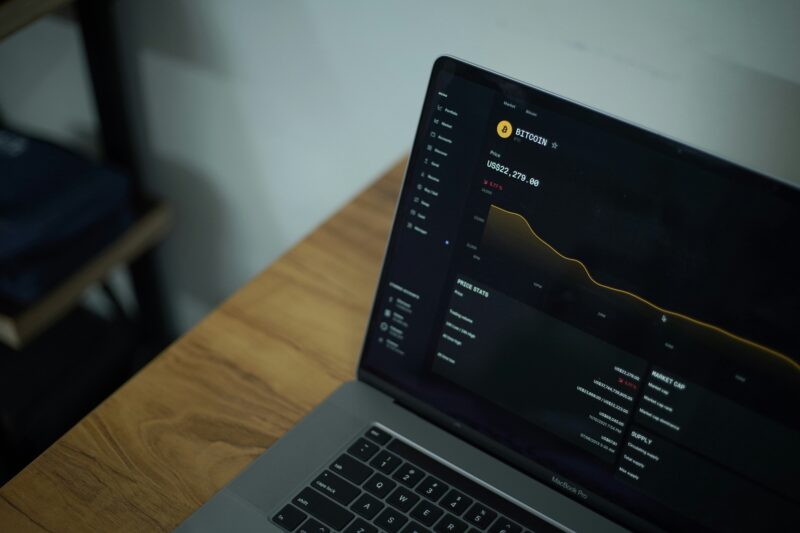
If you’ve been playing vanilla Minecraft for a while, you might be wondering what comes next. That’s where modpacks come in.
A modpack is a curated collection of Minecraft mods bundled together to create a unique gameplay experience. These packs can completely change the way you play, adding new creatures, machinery, magic systems, dimensions, or even turning Minecraft into an entirely new game.
Some of the most popular modpacks include:
- RLCraft – brutal survival with dragons, realistic needs, and danger around every corner.
- SkyFactory – you start on a single tree in the sky and build your world out of nothing.
- Pixelmon – Minecraft meets Pokémon, with wild battles and collectible creatures.
The best part? You don’t need to install each mod manually. Modpacks handle the setup for you. One download, and you’re ready to go.
The Myth: You Need to Code to Host Mods
A lot of players think that setting up a modded Minecraft world means you need to know how to code. It’s one of the biggest reasons people give up before they even try.
Here’s the truth: you don’t need to write a single line of code to enjoy modded Minecraft with your friends.
Yes, mods can get technical behind the scenes, there are config files, compatibility checks, and server settings involved. But thanks to modern tools and platforms, most of that heavy lifting is handled for you. You won’t need to touch Java or edit confusing files unless you really want to.
Hosting Options: DIY vs. Hosting Services
Once you’ve picked a modpack, the next question is: where are you going to run it? You’ve got two main options. Hosting it yourself, or using a dedicated service.
DIY hosting means running the modpack on your own computer. It might sound like a fun challenge, and for tech-savvy players, it can be. But it comes with some serious limitations. You’ll need to allocate enough RAM, mess with port forwarding, keep your computer running 24/7, and deal with potential lag, especially if your friends are connecting from different regions. If something breaks? You’re the one fixing it.

Now let’s talk about the easier path.
Hosting services do the hard work for you. You rent a server that stays online all the time, no matter where you are or what your PC is doing. Good hosts offer features like one-click modpack installs, automatic backups, and built-in support for performance tweaks. Some even have dashboards that let you control everything from your browser, no command lines, no stress.
For most players, especially if you’re just getting into modded Minecraft, managed hosting is the smoother, more reliable option. You can focus on playing, not troubleshooting.
The Easiest Way to Host a Modded Minecraft World
If you want to get a modded world online without headaches, the best way is to use a hosting service that supports modpacks out of the box. These services are designed for players who just want to get started and play, not spend hours on setup. Look for a host that offers one-click modpack installs. This means you can pick from a list of supported packs, like RLCraft, All the Mods, or Pixelmon and install them automatically. No need to upload files manually or tweak configurations by hand.
Make sure the host also includes automatic backups. This feature can save your world if something goes wrong, like a corrupted mod or accidental world deletion. A good backup system gives you peace of mind, especially when playing with friends. Some services also let you switch between modpacks easily. So if you start with a survival-based pack and later want to try something with quests or tech, you can do that without losing your entire setup.
Finally, check how much RAM the plan includes. Modded Minecraft uses more memory than the vanilla version, especially if the pack includes heavy mods or dozens of features. For most popular modpacks, 4 to 6 GB of RAM is a solid starting point.
The easier your host makes these steps, the quicker you’ll be online and playing. And the fewer things you have to troubleshoot.
Picking and Installing a Modpack (No Coding Involved)
Choosing a modpack is half the fun. There are hundreds of them out there, each offering a different way to play. Some focus on survival and realism, others on tech and automation. There are also adventure packs, farming packs, and packs made just for fun with friends.
To get started, visit platforms like CurseForge, ATLauncher, or Technic Launcher. These sites organize modpacks by popularity, game version, and play style. They also include helpful reviews and descriptions, so you know what you’re getting into before you click download.
Once you’ve picked your favorite, installing it is easier than ever—especially with a good hosting service. Most hosts have a built-in modpack library. You just select the one you want from a menu, click install, and wait a few minutes. No uploading, no dragging files around, and definitely no coding. It’s also worth checking the system requirements. Some modpacks need more memory than others. Packs with hundreds of mods like All the Mods 9 or Enigmatica 6 can be demanding. If your pack is on the heavier side, you may want to upgrade your hosting plan to avoid lag.
One last tip: try to match the Minecraft version of your modpack with the version your hosting platform supports. Most services will take care of this automatically, but it’s a good habit to double-check just in case.
Inviting Friends and Going Multiplayer
Once your modded Minecraft world is live, it’s time to bring your friends in. Playing solo is fun, but sharing a modded adventure with others makes it way more exciting. To invite friends, all you need is your server’s IP address. Most hosting platforms show this clearly on the dashboard. You can copy it and send it directly to your group.
If you want to control who joins, turn on whitelisting. This feature only lets specific Minecraft usernames connect, so random players can’t jump in uninvited. You can usually manage this with a simple list in your control panel.
Permissions are another useful tool. Some hosting services support plugins or built-in settings that let you assign roles. For example, you might want one friend to have admin powers while others just play normally. This helps prevent accidents, or intentional chaos.
One more tip: remind your friends to use the exact same modpack and Minecraft version you’re running. Most modpacks include a launcher profile that handles this for them, but it never hurts to double-check.
Once everyone’s in, that’s when the real fun starts. Build bases together, tackle quests, or just see what happens when someone messes with a mod they clearly don’t understand.









